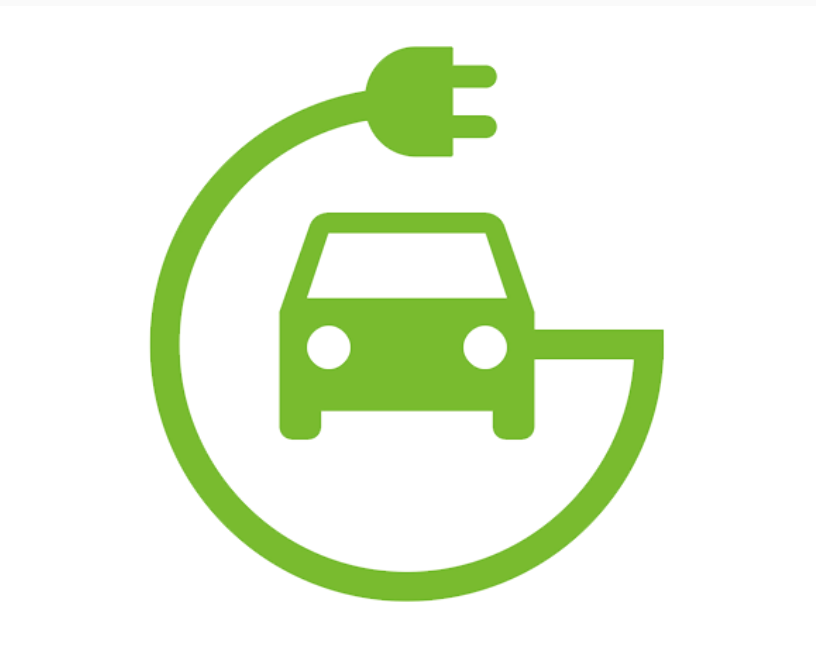
           Last month I wrote about the car accident that has changed Gail’s and my lives. I want to thank the engineers who designed the Prius; it gave up its life to save ours.
           To review, we were driving on Highway 160 when we were hit by a pickup truck that had crossed into our lane of traffic. Our worst injury is a bad fracture of Gail’s left knee. One person’s carelessness has left her with months of pain and a long recovery. We have hiked and skied together for years; we don’t know if Gail will be able to even walk without pain in the future.
           What does our personal tragedy have to do with overpopulation? Killing more than the current 37,000 people who die on our nation’s highways each year would be a terribleway of reducing human population. Fortunately this number is decreasing. I am happy that we were not among this sad number of fatalities.
           The number of people Earth can sustain is not absolute, but rather related to our individual impact. Living more efficiently can reduce our impact, and technology can help. Technology can increase or decrease impact, and part of my goal in choosing a new vehicle was to minimize impact.
           The Plug-in Prius was only 5 years old and I hadn’t planned on replacing it, but it’s junk now. Several people who saw the wreck told me they thought whoever had been in it must have been killed. We are indeed lucky.
           We installed solar panels on our carport to generate electricity to charge the Prius’s battery, and I was anxious to replace the wrecked Prius with another Electric Vehicle (EV)—if not one that totally ran on electricity, at least another plug-in hybrid. Of course another criterion is safety. There was time pressure, too, since federal tax benefits for purchasing an EV decreased at the end of June.
           We drive to Denver occasionally since one of our sons lives there. An all-electric vehicle would need a battery that could take us 300+ miles, or have a way to recharge quickly on the way. Teslas can be recharged with superchargers in Poncha Springs in only a few minutes, but that is the only brand that can recharge there so rapidly. Teslas are the sole battery-only EV for a practical trip to Denver, but their price is 2 or 3 times what I can pay. Therefore I concentrated on what’s available in plug-in hybrids. With them, when the battery is discharged, the gas engine takes over.
           There are dozens of EVs now, including many plug-in hybrids, according to the listing at www.plugincars.com. Some are exotic (e.g. the Lucid Air), many are way too expensive and most will only travel a short distance on their battery. I narrowed down the choice to just a few, and started investigating by visiting local car dealers. My former front contender, the Chevy Volt, is no longer made. Although Kia makes plug-in hybrids, they cannot be sold in Durango. The same is true for the Subaru Crosstrek, leaving the Toyota Prius Prime as the only plug-in hybrid available in town. Unfortunately, the battery range of the Prime is only 25 miles.
           I selected a vehicle I’d previously never heard of, the Honda plug-in hybrid Clarity. It touts a longer range battery—48 miles, which is one of the reasons that I chose it. Its safety features also helped sell it.
           I’ve driven the Clarity over 1200 miles now, mainly back and forth to the rehabilitation unit where Gail has been recovering. It still has a half of the original tank of gas—that’s about 300 miles per gallon! Of course it also consumes electricity, which we get from the sun. I’ve clocked it driving 60 miles on a single charge of the battery, significantly better than Honda’s claim.
           Electric vehicles are more efficient than regular vehicles, and they are less polluting—even if powered by non-renewable electricity. Fortunately Colorado is recognizing the growing wave of EVs and has benefits for EV purchasers, and promises to build more recharging stations. However, we have far to go before we can catch up with Norway, where almost half of new cars sold so far this year were fully electric.
           The most effective action that an individual can take to minimize their carbon footprint is to have a small family. However, there are other actions that can help slow climate change, including minimizing driving—but doing it in an EV.
| © Richard Grossman, MD, 2019 |